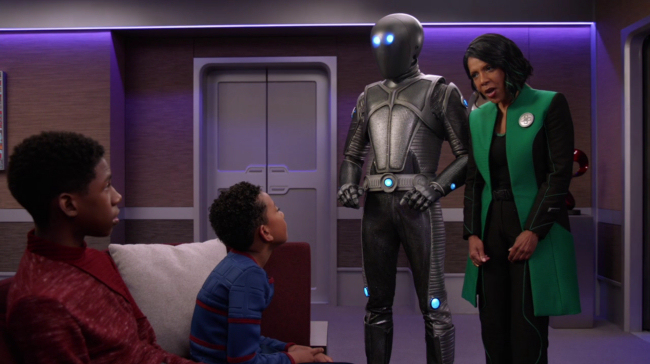
A life of a gangster may be fraught with danger but it's rarely as weird or horrific as the lives of the yakuza portrayed in 1970's Blind Woman's Curse (怪談昇り竜). A female boss is cursed by the cat who licked the blood from one of her victims in a bloody takeover, a curse that affects everyone who serves under her. Sometimes campy but always in deadly earnest, the story takes some surprisingly grotesque turns to make for a film that's fascinating, fun, and genuinely creepy.

Meiko Kaji, best known in the west for her later film Lady Snowblood, plays the young yakuza boss, Akemi Tachibana. Although her role is central, she doesn't have a lot of screen time, most of the action involving the war between her soldiers and the other clans who get mixed up in the curse. The sister of the boss Tachibana killed, Gouda (Hoki Tokuda), was made blind by Tachibana's sword strike. Now a supernaturally gifted fighter on the level of Zatoichi or greater, Gouda teams up with the cat, a bizarre hunchback contortionist (Tatsumi Hihikata, founder of the dance performance art called Butoh), and one of the rival clans of Tachibana's to exact revenge.

Gouda's skills as a blind fighter border sometimes on the absurd and you can sense a bit of a wink from the filmmakers when she's somehow able to sense what people's tattoos look like. By smell? Air density? It's never made clear. But this doesn't diminish the horror when Tachibana's people find the tattooed skins of their comrades on their doorstep, dripping with blood which a black cat is hungrily lapping up with a particularly disgusting sound effect.

This is no film for the squeamish--there's plenty of arterial spray, though it's bright red 70s blood, as well as severed heads. There's also a yakuza boss who never wears pants and I'll be very happy if I never see that guy's ass again.

Scenes with the hunchback and his cannibal contortionist carnival take the film way past campy into the realm of sincerely weird, though, as do scenes in an opium den lit by red mist. All this, and the film ends with a beautifully expressionistic set for a showdown between Tachibana and Gouda.

Blind Woman's Curse is available free for Amazon Prime members.
Twitter Sonnet #1210
Metallic orange ascends among the limes.
Encouraged smoke returns to candle flame.
Ignited air on pollen slowly climbs.
A station fuels the buzz in flower's name.
Tenacious clips distort the final shot.
"Was nothing left?" the actor asked a light.
However small and scarce the flies've glot.
A second day'll set the week to right.
A lunch at home was packing paddle boards.
Aquatic corps relent at scaly rears.
Presented backs conceal the stomach wards.
A team of gills digest an open Sears.
A fried preserve dissolved in pickle brine.
Directions took the atom past the line.
















































